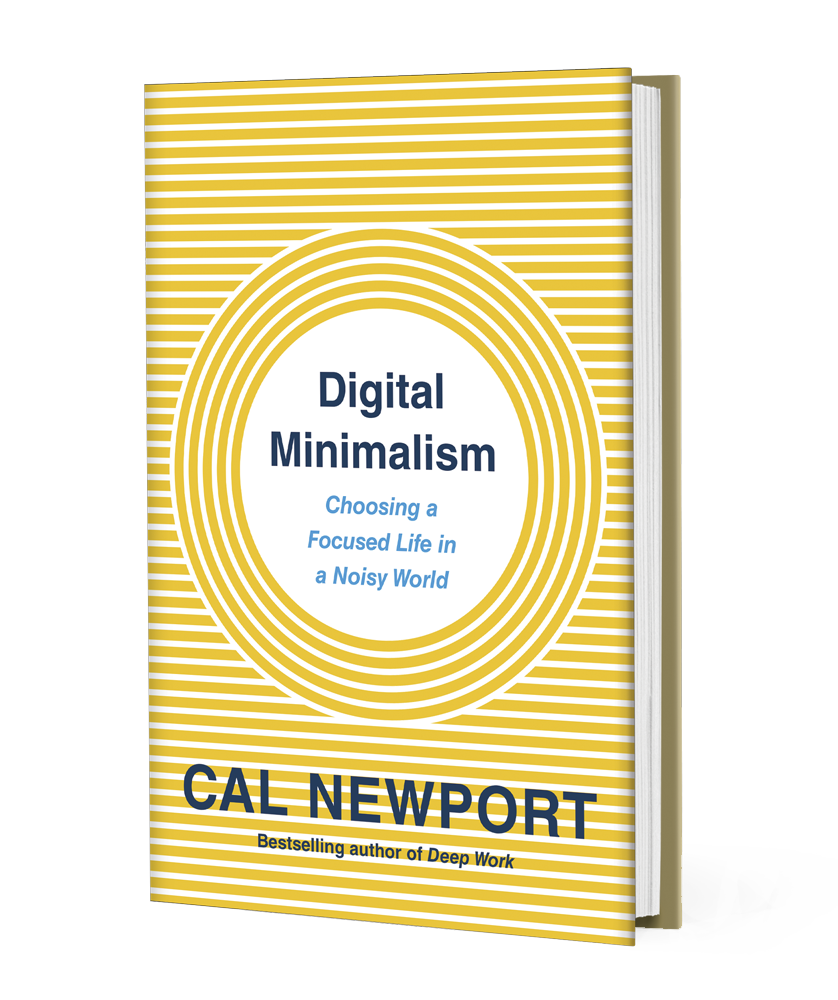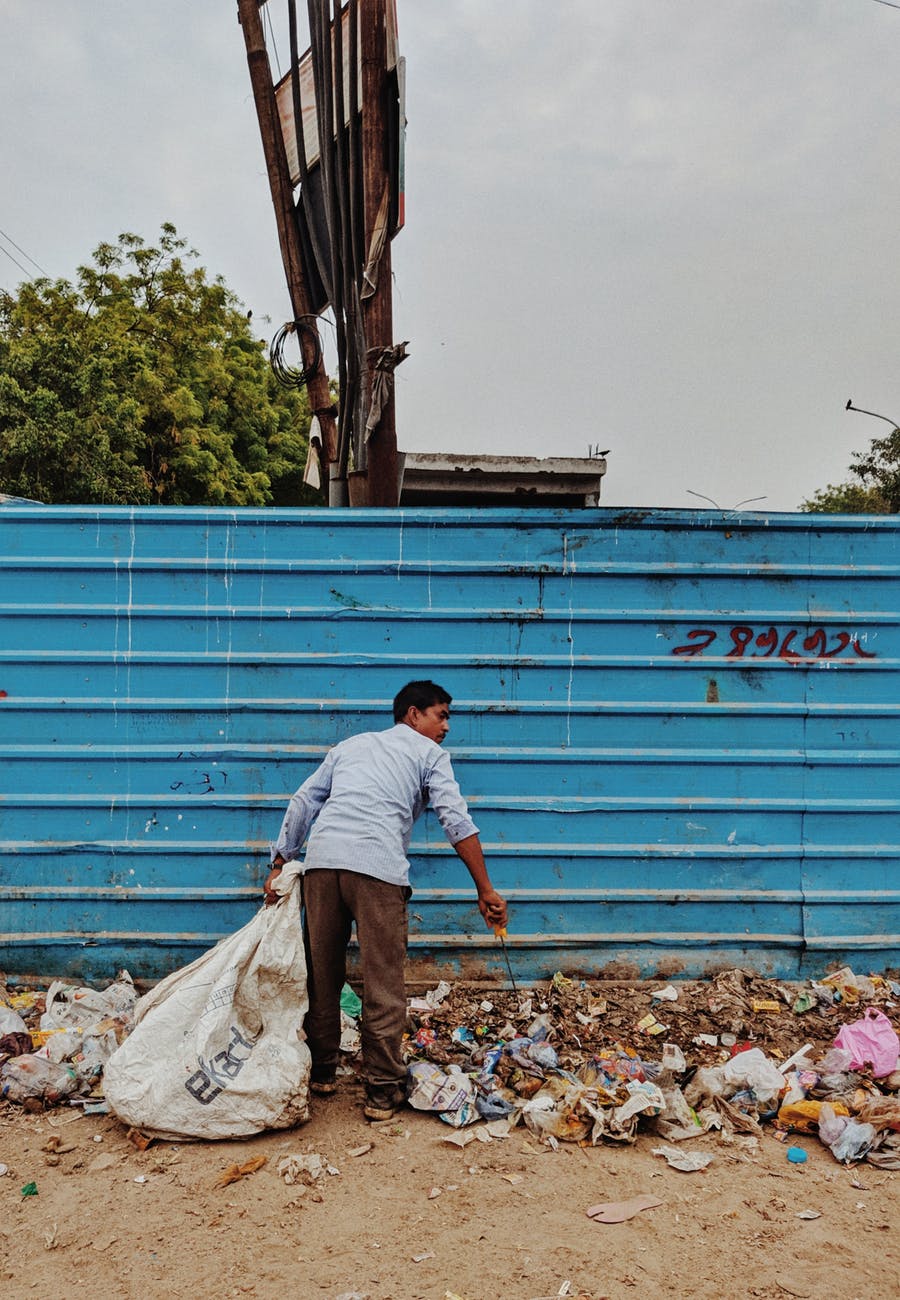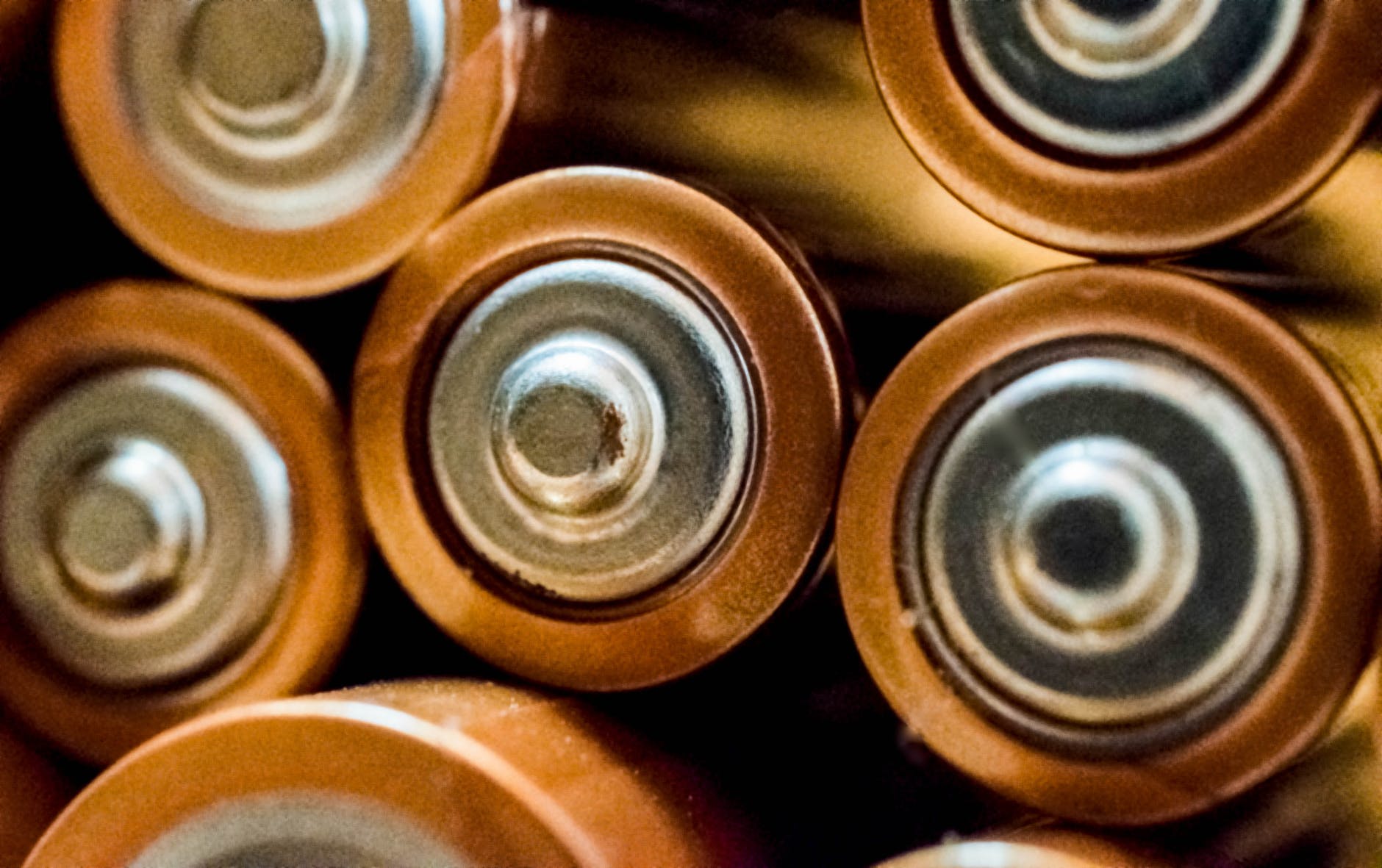
Photo by Pixabay on Pexels.com
As a neurodivergent person, I’m not always the best at empathizing with other humans. I sometimes get into the trap of thinking everyone else thinks the same way as me, so when they make a different decision or conclusion, I’m flabbergasted. I sometimes get so caught up in how wrong they are, I don’t stop to give them the benefit of the doubt.
Even when I take the time to listen to another persons perspective, I don’t always grok it deep down. While reading How Cycling Can Save the World by Peter Walker, I had an emotional epiphany. I’m not a person of color, and while I understand that living as a white person is living life on easy mode, I didn’t really get how microaggressions can really erode at your mental well being. In the book, however, they point out how cyclists are singled out and stereotyped because of their mode of transit. You can be a 50 year old construction worker, a mother of three, or a rich tech bro, but motorists are going to treat you the same way on the road.
This isn’t meant to be a comparative analysis of whose struggle is more difficult, but only an observation that, as a cyclist, I often feel like a marginalized road user that is considered little more than a criminal by many drivers. Police blaming the cyclist when a multi-ton metal box crushes them to death is the same kind of victim-blaming that sexual assault or police shooting victims face. How dare anyone try to go about their life how they choose if it inconveniences the more powerful? The War on Cars is a great catch phrase, but in a face off between a 100 kg cyclist and a 1000 kg vehicle, it’s not an apt description. Might makes right on the roads just like it does in society at large.
I think solarpunk offers a hopeful way forward for everyone. Where previous social movements often simply accepted domination as a given, I feel that we’re on the cusp of seeing that we don’t just need to change the people playing the roles of the oppressor and the oppressed. We need to reexamine our relationships with our neighbors and see how we can build communities of mutual respect, not say now it’s someone else’s turn to rule the world. This starts by seeing other humans as people too, and listening to their stories. If we put on a little more empathy, we’ll be able to do a much better job moving into a solarpunk future.
Is there a time when you suddenly were hit with understanding? Let us know below!















